CART
Spend $7.01 more and get free shipping!
-
YOU MIGHT ALSO LIKE
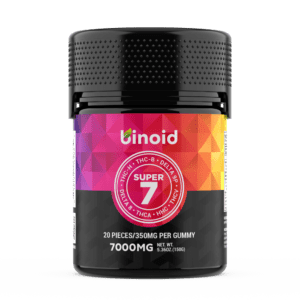
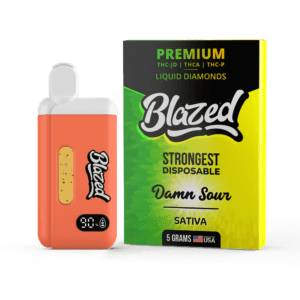
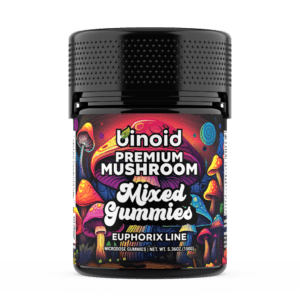
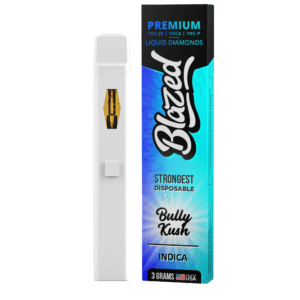
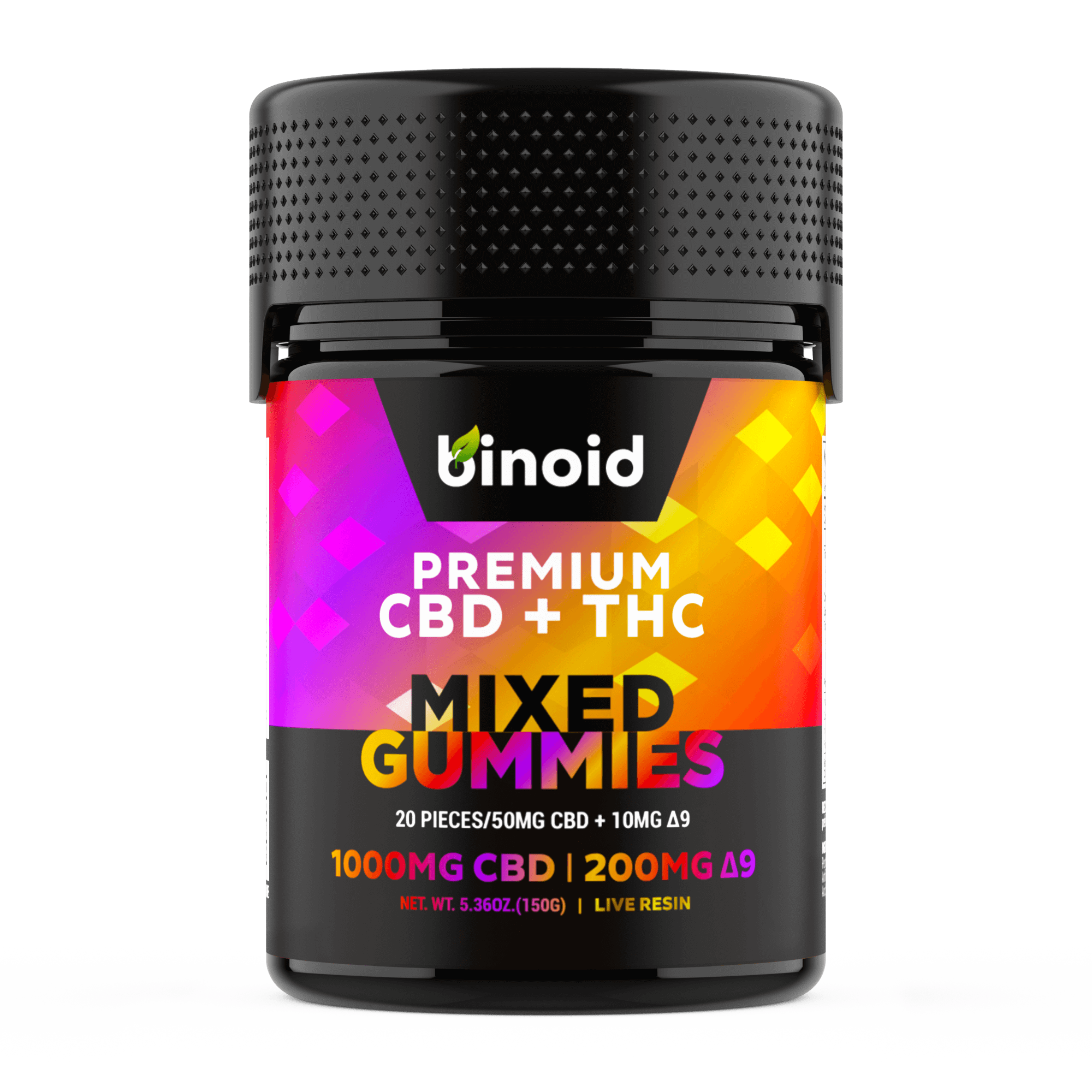

Kratom, a tropical tree native to Southeast Asia, has been gaining popularity worldwide for its potential benefits. Among its active compounds, 7-hydroxy Mitragynine (7-HMG) stands out due to its potency and effects. However, questions often arise about how long 7-HMG stays in the system and whether it can cause a failed drug test. Understanding these aspects can help users make informed decisions about their consumption.
7-Hydroxy Mitragynine is one of the primary active alkaloids in kratom, though it exists in much smaller quantities compared to Mitragynine (another potent alkaloid). While Mitragynine undergoes metabolic transformation into 7-HMG in the liver, the latter is considered much more potent and responsible for many of kratom’s effects. This transformation process makes 7-HMG a central point of interest when examining kratom’s duration in the body and its implications for drug testing.
The duration that 7-HMG remains in the body can vary depending on several factors, including dosage, frequency of use, individual metabolism, body fat percentage, and the specific kratom strain consumed.
Here’s a closer look at the main factors that influence how long 7-HMG stays in your system:
As far as duration in the body goes, these are rough estimates, and actual detection times can vary significantly based on the factors we just mentioned:
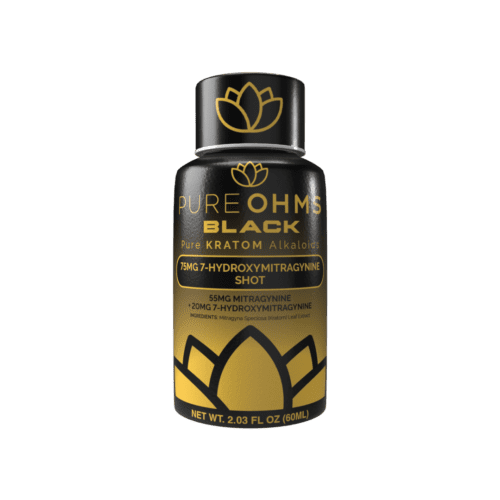
Understanding the metabolism and elimination of 7-HMG is crucial in determining how long it stays in your system. After ingestion, 7-HMG undergoes hepatic metabolism primarily through the liver. The liver’s enzymes, particularly the cytochrome P450 system, play a critical role in breaking down 7-HMG into metabolites that can be more easily excreted.
Phase I Metabolism: The liver modifies 7-HMG through oxidation, reduction, and hydrolysis, preparing it for further processing.
Phase II Metabolism: Conjugation reactions (like glucuronidation) make the metabolites water-soluble, facilitating their elimination via urine.
Once metabolized, 7-HMG and its metabolites are excreted primarily through the kidneys into the urine, although some amount can also be expelled through bile into the feces.
Standard drug tests, including those used in most workplaces, typically do not screen for kratom alkaloids, including 7-HMG. However, specialized tests can detect these substances, particularly if the testing panel is specifically looking for kratom use:
The likelihood of 7-HMG causing a failed drug test is low under standard drug-testing protocols, as kratom is not commonly included in most panels. However, certain circumstances, such as court-ordered tests, military testing, or specific workplace policies, may involve kratom screening. In these cases, if detected, it would be classified separately and not mistaken for commonly abused drugs such as opioids.
If you’re concerned about the detection of 7-HMG, several strategies can potentially reduce its duration in your system. While these methods cannot guarantee complete elimination before testing, they may help speed up the process:
The legal status of kratom and its alkaloids, including 7-HMG, varies across different regions and jurisdictions. In the United States, kratom’s legality is not uniform; it’s legal in some states, regulated in others, and outright banned in a few. This patchwork of regulations can influence whether kratom is tested for either in employment or legal settings:
Essentially, if you’re using kratom, it’s important to understand your workplace’s policies. Being proactive and honest with employers about your use, especially if you use kratom for personal wellness, can help mitigate misunderstandings. Additionally, consulting with a legal professional if you face potential consequences related to kratom testing may be prudent.
Research on 7-HMG, its metabolism, and detection in drug tests is still evolving. Current studies focus more on understanding its pharmacology, effects, and potential therapeutic applications rather than on comprehensive detection protocols. However, ongoing research could lead to more widespread testing and understanding in the future.
As kratom gains recognition, there may be an increase in the development of more specific tests to detect its alkaloids, including 7-HMG, in various biological matrices. Also, more studies on the elimination half-life of 7-HMG can provide clearer insights into how long it remains detectable, particularly for different population groups.
While 7-hydroxy Mitragynine is a powerful compound in kratom, its presence in the body and potential for detection depend on numerous factors. Understanding how long it stays in your system and its potential impact on drug tests can help you make informed decisions. Though the risk of failing a standard drug test is generally low, the possibility still exists, particularly in specialized testing scenarios.